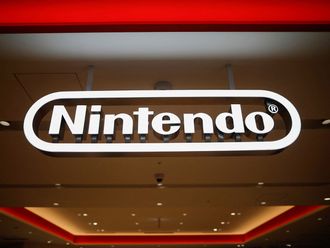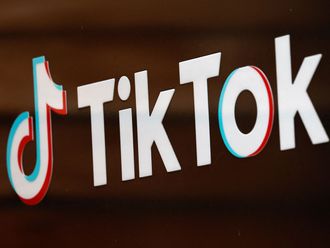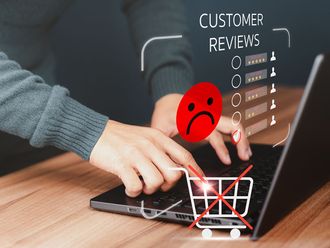When one thinks of automation, the immediate image that comes to mind is the factory floor, with dozens of human workers being replaced by machines that execute tasks more efficiently. However, this concept is not restricted to just manufacturing processes.
With the rapid development of online technologies, we are increasingly seeing the automation of digital marketing. With the click of a button, you can now reach millions of potential consumers and track their entire online journey, pinpointing the channels that lead them to your site where they can transact.
One of the biggest growth areas in digital advertising is programmatic buying. Today, this ‘catchy’ buzzword is bandied around by marketing professionals who often don’t actually know what it is.
Simply put, programmatic buying is the ability to buy media space automatically across digital channels, using a set of technology, data and rules. Think of a day trader on Wall Street that bids on stocks.
Programmatic buying allows you to do this for advertising space online. However, the difference is that this process of bidding and reaching your customers is completely automated, delivering increased efficiencies.
In a space where change is frequent and rapid, it is not easy to predict where programmatic is heading beyond a certain time frame. There are, however, certain key areas where developments are currently focused:
Merging of CRM and media
The traditionally separate fields of CRM (customer relationship management) and media are fast merging into one. CRM data is clearly valuable and the ability to target consumers based on previous contacts with a brand has obvious benefits.
In the programmatic space, the first example of such a union is Facebook’s Custom Audience tool, which allows the targeting of users on the Facebook ad platform through email data. This has also facilitated the creation of look-alike profiles to existing customers for the purpose of new customer acquisition.
Google is preparing to launch a similar product offering. In some markets, it is now possible to match CRM email data to targets using ‘Data Match Partners’.
These create a pool of cookie data that match email IDs, which can be used for targeting. Currently, most Data Match Partners have extremely limited reach in the Middle East, however, we anticipate this to change over the next 12 to 18 months.
Multi-device tracking
Currently, most programmatic technologies rely heavily on the use of cookies (a piece of code) and the data they provide for targeting. However, cookies tend to be unique to devices and are limited to in-browser activity, making mobile in-app tracking particularly problematic. This limits the evaluation of performance across devices and channels, as well as the targeting of users within an app environment.
Identifying a user across multiple devices and within an app environment will require a cookie-less method. The most obvious way to achieve this is by utilising user login data instead and the organisations that own such data are limited to the likes of Facebook, Google, Twitter and, possibly, Amazon.
With the re-launch of their ad serving platform (Atlas), Facebook is able to track and target users across devices and channels via hashed (de-identified) user login data. Brands can then target users across devices (laptops and phones) with their ads, if they fit the profile they’re looking for. Google is expected to launch a rival product in the near future.
Programmatic creative and creative versioning
As programmatic investments increase and campaign targeting becomes ever more refined, the need to tailor messaging to specific audiences will become increasingly important. Why go for mass marketing when you can be more relevant, and therefore more effective, with different target groups?
Advertising agencies will need to deliver hundreds — if not thousands — of variants of an ad, each talking to specific audiences with a specific visual, messaging and offer. This is known as creative versioning.
The only scalable way to do this is through technologies that can build creative on the fly — essentially combining creative elements in real-time based on what audience segment is viewing the ad. In other words, different segments will see completely different versions of ads online.
The operational and media efficiencies that programmatic buying has delivered so far has led many to speculate how similar technological innovation could disrupt and improve other forms of media in the future. Outdoor advertising is one such example, with digital signage providing an obvious delivery mechanism for dynamic, real-time advertising.
There have been several examples of this coming to fruition in markets such as the US, the UK and Australia. The next stop is clearly TV.
All of this will require an evolution of the current media infrastructure, including the creation of inventory exchanges and the availability of targeting data.
Despite the challenges, the significant benefits to advertisers are obvious and will drive further developments in this field.
The writer is Group Director of Programmatic Media at Resolution Mena, the digital marketing agency of Omnicom Media Group MENA.











